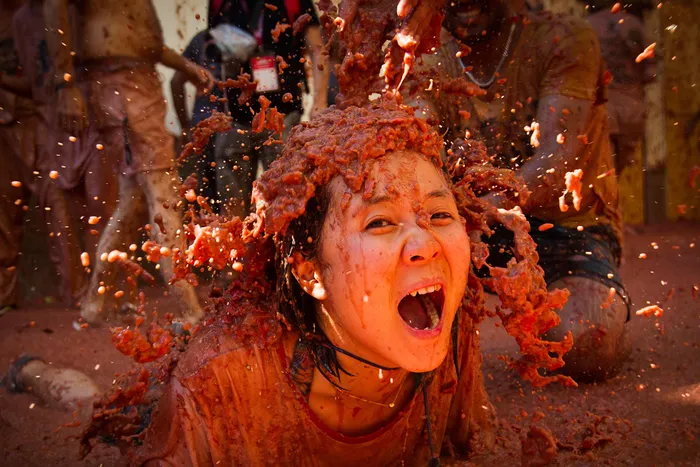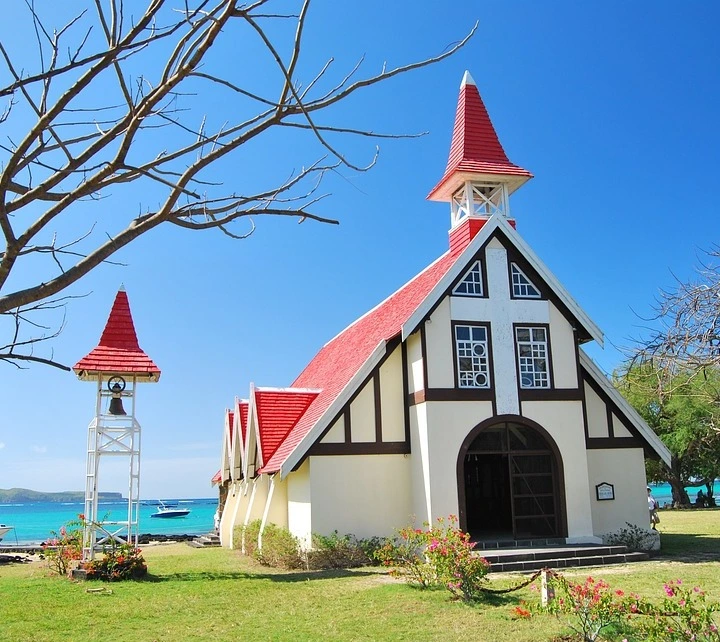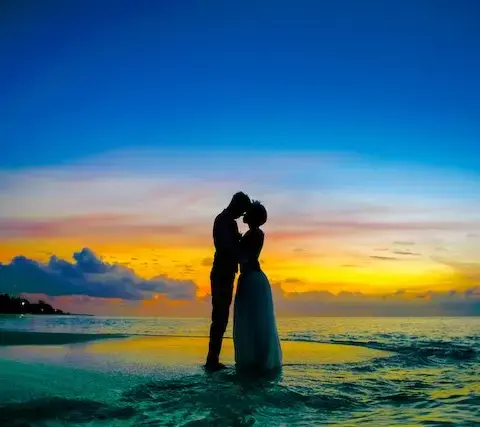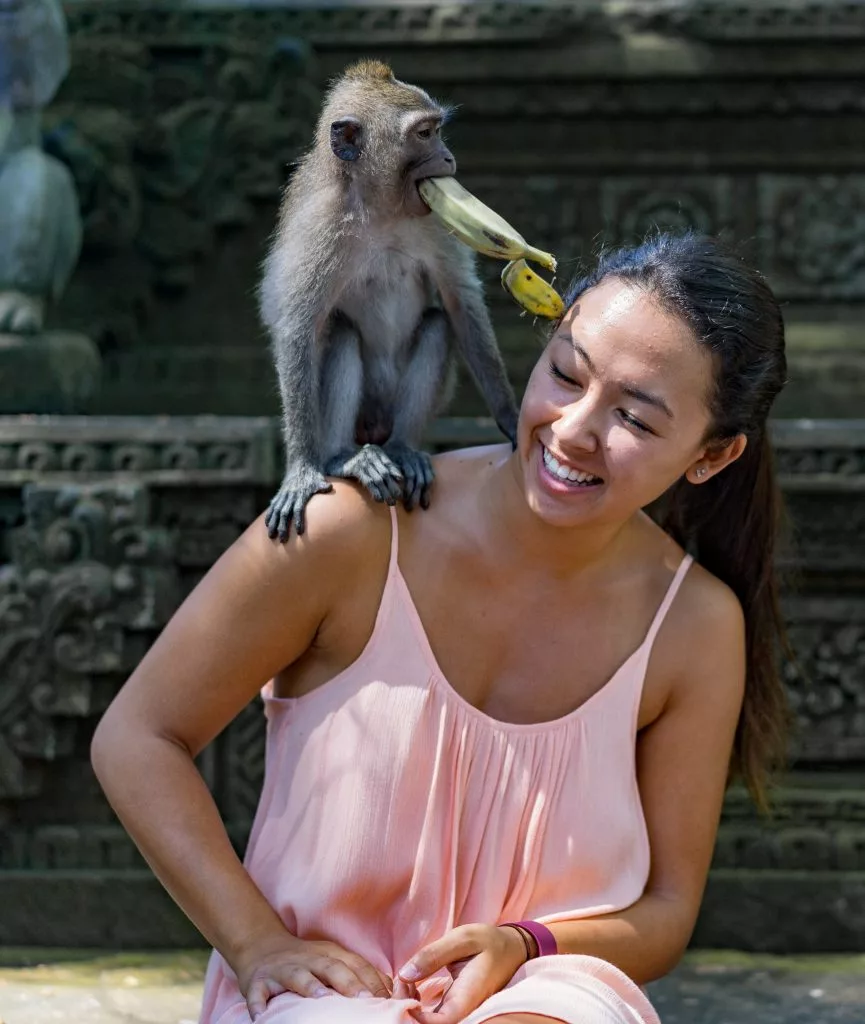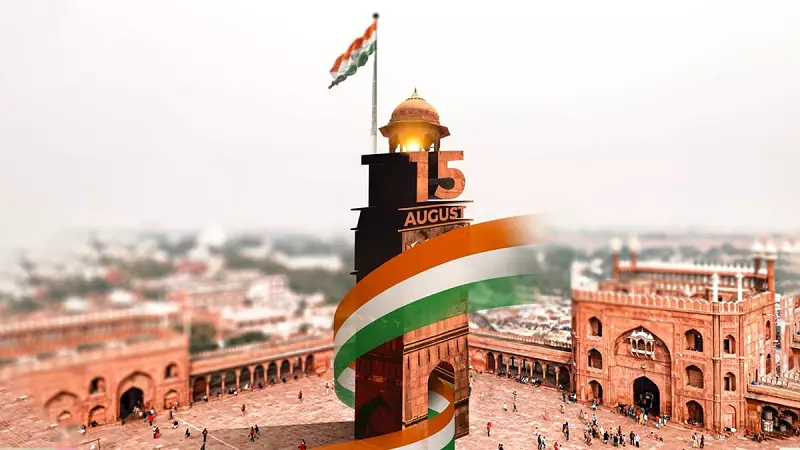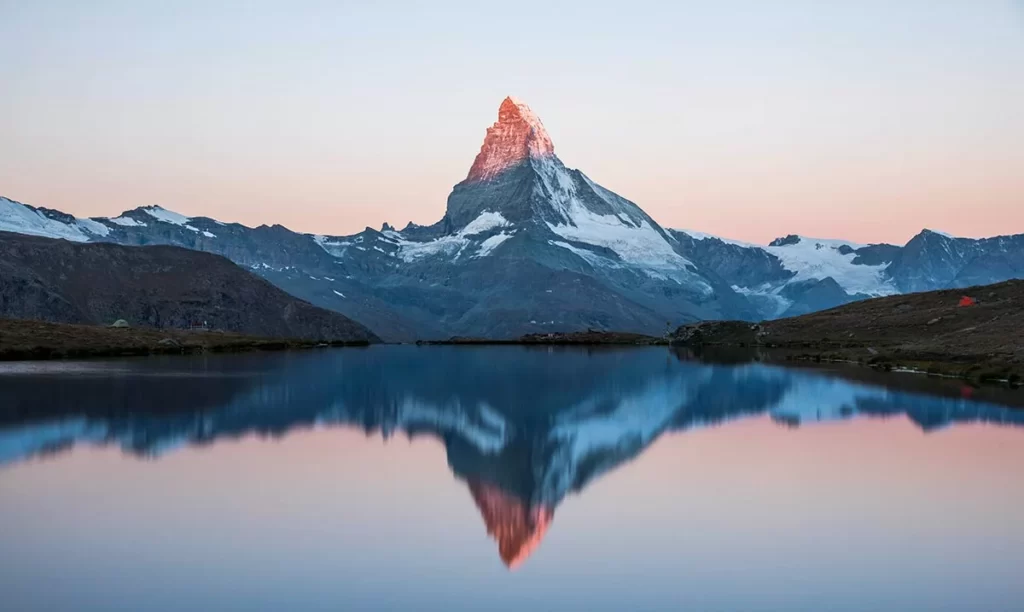Why are people from New Zealand known as Kiwis?
New Zealanders have long been referred to as “Kiwis” in popular culture. People from all around the world have used this as a common reference for the people in this region, excluding governments, borders, cultures, and other restrictions. It’s no wonder that even the most ostensibly culturally knowledgeable tourists/travellers are blissfully oblivious of the actual etymology behind the name. The importance and background of the reference don’t seem to be particularly important to the people of this time. It is undeniable that the term “Kiwi’s” and the popularity that surrounds it have been passed down from grandparents to their grandchildren.
However, what do you believe might be the biggest mystery using this terminology? Could there be a clearer, more straightforward response than the question itself? Many different things can be running through your mind right now. Don’t worry; here’s a brief explanation of why, in modern times, practically everyone refers to New Zealanders as “Kiwis.” The majority of what we’ve written on the history, customs, and cultures that underlie the terminology will undoubtedly prove to be instructive to you.
People in the area have a high admiration for the “Kiwi Bird,” which is very common in New Zealand. The bird is referred to by the Mori as the “Hidden Bird of Tne,” “God of the forest,” and numerous other names. It is known as the “te manu huna a Tne” in common speech. Particularly, the bird has won a lot of admiration from the Kiwi community and is well-known. The Kiwi bird’s feathers are used to make clothing and other items of daily use, and only the tribal chiefs in the area are known to wear its cloaks. Due to the heritage value that the feathers still possess in this day and age, these cloaks, also known as “Kahu kiwi,” are regarded as valuables that should only be worn by important individuals.
Creating the context
One of the earliest mentions and portrayals of the country’s national symbol, the ‘Kiwi,’ may be traced back to the early 1900s. J. C. Blomfield produced a cartoon illustrating a plucked Kiwi and its transformation into a Moa, which was distributed by the New Zealand Free Lance agency around 1904. The Moa represented a bird species that was both native and extinct, a harder bird than its smaller playmates. It was during this time period that the ‘All Blacks,’ rugby team, won their first test match, which was cause for considerable excitement, especially as it was a victory over the British homeland itself.
A year later, during the rugby team’s most infamous loss against Wales at the time, another painting of the ‘Kiwi’ was made by the great painter – Trevor Lloyd. The depiction of the bird resembled a bird struggling to engulf its opponent completely. Much later, in 1905, another depiction of the Kiwi was drawn alongside a Kangaroo as they made their way to a well-known colonial convention, which was then featured in the Westminster Gazette of the time.
By the year 1908, the bird had been used numerous times as an emblem for National cartoons, most notably at the start of sporting competitions, events, and even within arenas. ‘Kiwi,’ as a visual representation of its people, had become an integral component of the country’s identity over time. People from all around had become aware of the Bird’s recurring portrayal and usage throughout the country’s history. As a result, the Bird has become a fundamental and necessary element of what New Zealanders stand for today.
As a National Symbol, the Kiwi
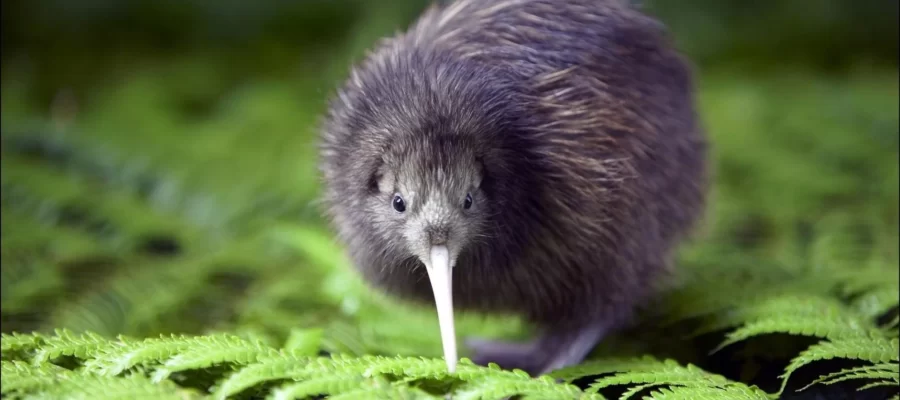
The New Zealand currency first featured a completely new and distinctive design aspect on its notes in the year 1985. The ‘Kiwi,’ which appeared on all of the nation’s new banknotes, was being floated for the very first time. It didn’t end there, either. In reality, when most government services were privatized, the government went a step further and cleared the ground for a “Kiwi Share” to be made accessible to the people.
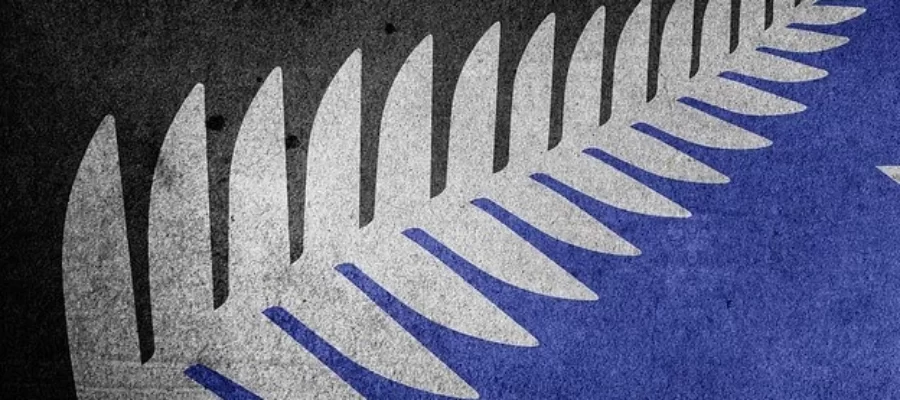
But since the 2000s, there have been dramatically fewer “Kiwis,” which is a really regrettable reality. Despite the aforementioned, the nation has maintained its position and strengthened the “Kiwi” identity more than before.
We hope that reading this blog helped you gain a thorough understanding of “Kiwis” and inspired you to consider visiting New Zealand soon. Are you already giddy with anticipation? At Tripshark, we’d be delighted to create a unique itinerary just for you. Check out some of our New Zealand Tour Packages and book your holiday right away. Start planning and enjoy travelling!
Let us know your requirements. Our experts will curate the perfect itinerary for you.


